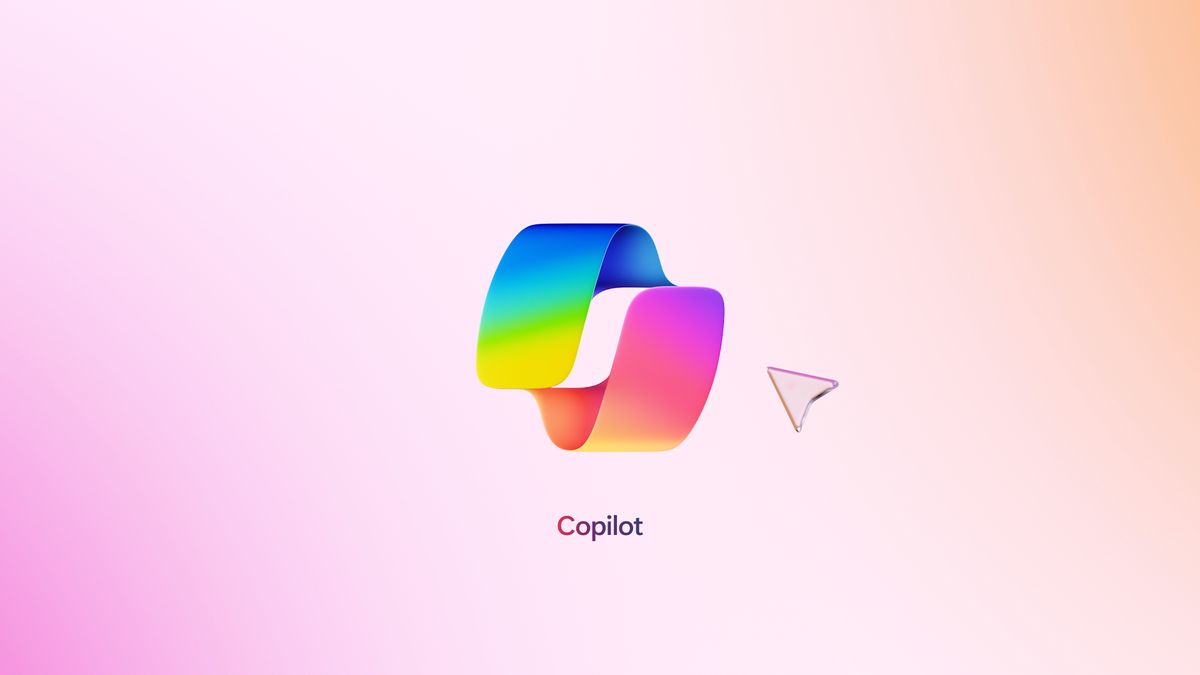According to an Accenture analysis, banks are more likely to benefit from generative AI (GenAI) than any other industry, with a potential productivity boost of up to 30%. This is not surprising when you consider that to take advantage of AI, organizations need large amounts of quality data, and in the case of the banking industry, data is abundant.
With physical branches closing almost daily, the use of AI to enhance our digital banking experience is on the rise – from improving customer experience to more efficient service, personalized offers and increased security.
But how are conversational AI (CAI) and GenAI actually revolutionizing the banking industry and what can consumers expect from their experience in the future?
Vice President of Europe for Kore.ai.
Consumers are already familiar with CAI and GenAI
Advances in CAI and GenAI provide countless potential use cases and applications for the banking sector to stay ahead of the curve and have the potential to impact every process and role within an organization and enable it to constantly reinvent itself. Simply put, while GenAI produces original content on demand, CAI specializes in maintaining authentic, two-way human interactions. Together, the two technologies complement each other to deliver an enhanced experience.
Kore.ai’s latest CX Benchmark report highlights that UK consumers are comfortable using AI in their banking interactions and would be happy to have more AI automated assistants supporting them. For example, 100% of respondents said they would be interested in having an automated assistant help them with bill payments or ATM information, and two-thirds (67%) said they would like help with transferring money, checking balances, setting budgets and spending goals, and checking their credit score.
So it’s no surprise that Gartner’s 2023 Financial Services Research Panel Survey found that 61% of banking executives say their company is increasing investments in AI or plans to do so in the next 12 months.
But as AI and GenAI advance at a rapid pace, banking institutions need to ensure they have the right infrastructure in place, fully understand the potential risks and value that new AI-enabled solutions can bring, and have guardrails in place to implement AI responsibly.
Where are banks headed from here? And where are they already succeeding?
The immense potential of GenAI
With GenAI’s immense potential to increase revenue and efficiency and manage risk, here are just a few examples of use cases for the financial industry:
- Frontline staff are better equipped to deliver personalized, context-based conversations with customers.
- Product recommendations are delivered based on context and aligned with financial needs in real time
- Practical information and summaries are provided to accelerate accurate decision making.
- Improving credit risk assessment and fraud detection
- Outbound marketing and promotional campaigns can be hyper-personalized
- Contact center agents can receive real-time suggestions to guide them through calls and improve the customer experience.
For financial institutions to take advantage of this opportunity and deliver better experiences to their customers and employees, they need to invest in a CAI platform, which is one of the biggest use cases for GenAI.
Together, GenAI and CAI complement each other to achieve better business outcomes. CAI leverages the capabilities of AI and natural language processing (NLP) to enable machines to engage in human-like conversations.
CAI is already transforming business interactions and experiences for customers, customer service agents, and employees through dialogue-based conversations. And while GenAI accelerates interactions—from better understanding intent to data analysis and synthesis to content creation—CAI helps keep GenAI within its boundaries, ensuring guardrails are in place so interactions can be conducted responsibly.
Transforming customer service with automated assistants
Banking auto-assistants can automate repetitive questions and access customer information and knowledge bases, enabling them to provide 24/7 contextual support for rapid problem resolution on any channel and in any language customers choose. Financial institutions can also add personalized service offerings tailored to each individual’s needs, such as assistance with quotes, answering complex queries, or identifying cross-sell and upsell opportunities.
This provides customers with a contextual banking experience, driving real-time engagement, such as offering insights into their credit score, including how to improve it, or offering upgrades to their account for being a long-term customer, for example.
Looking to the future of AI-powered finance
According to McKinsey, as the adoption of AI technologies in the banking sector increases, the potential value it can bring to the global banking industry is estimated to be as high as $1 trillion annually. Institutions that prioritize AI and adopt applications as the foundation for their operations are expected to thrive and lead the industry.
AI-driven personalization and omnichannel experiences have become crucial for banks to remain competitive. Today, customers expect personalized services and seamless interactions across multiple channels, and CAI and GenAI are well positioned to deliver just that. Rapid innovation cycles driven by GenAI will enable banks to stay ahead and effectively meet changing customer demands.
Ultimately, the future of banking is undoubtedly intertwined with the capabilities of GenAI, and for those who adapt, the possibilities for progress and benefits are endless.
We have introduced the best business intelligence platform.
This article was produced as part of TechRadarPro's Expert Insights channel, where we showcase the brightest and brightest minds in the tech industry today. The views expressed here are those of the author, and not necessarily those of TechRadarPro or Future plc. If you're interested in contributing, find out more here:









